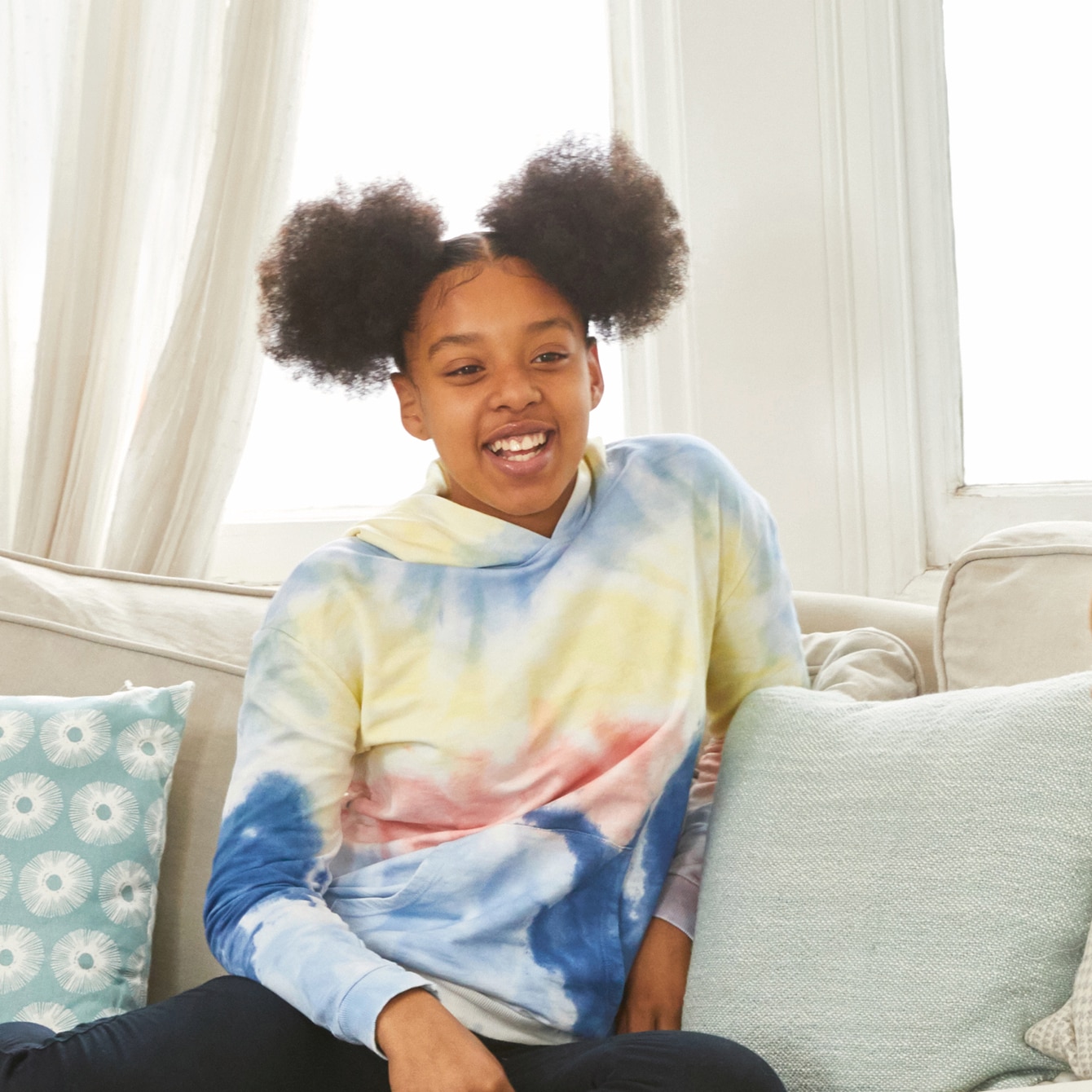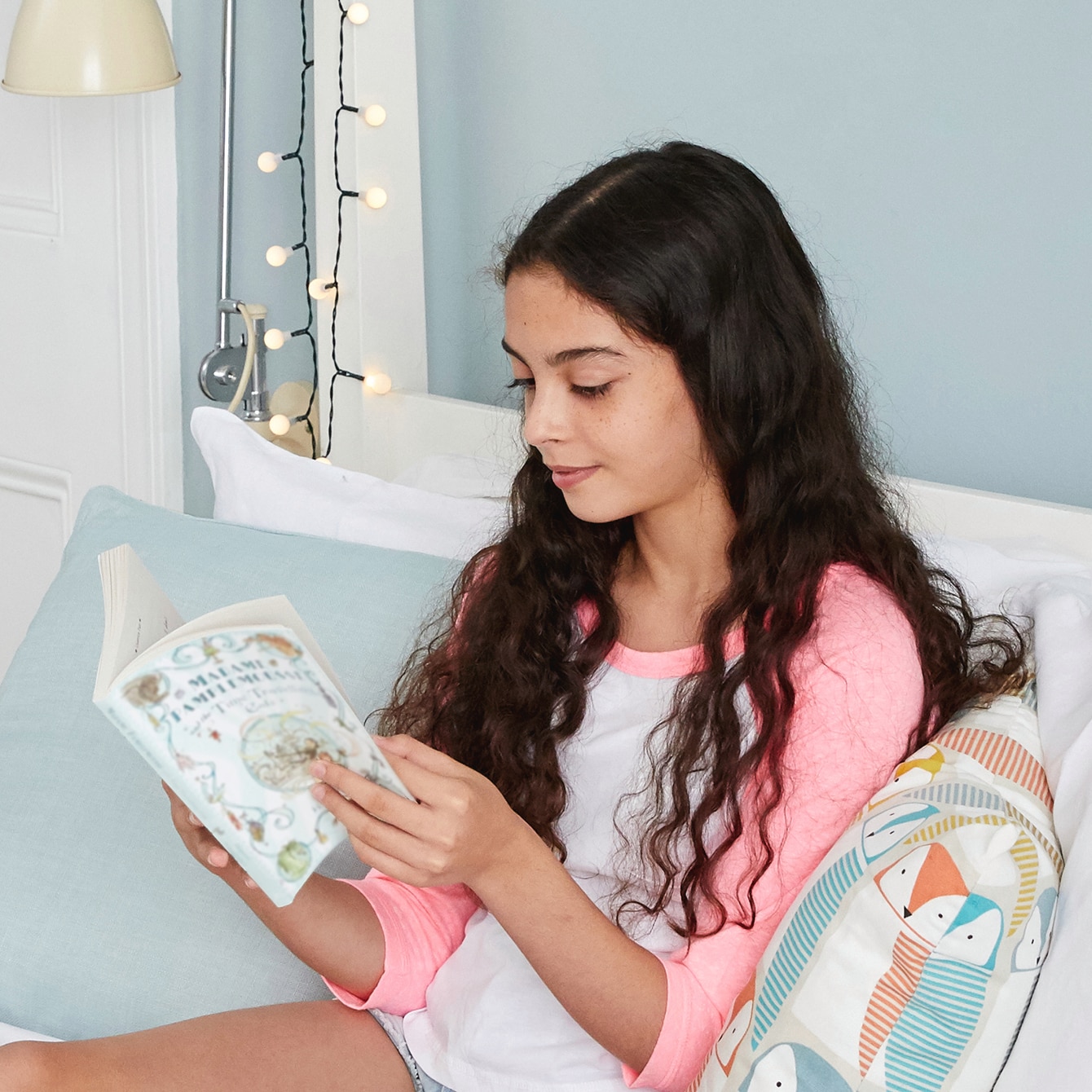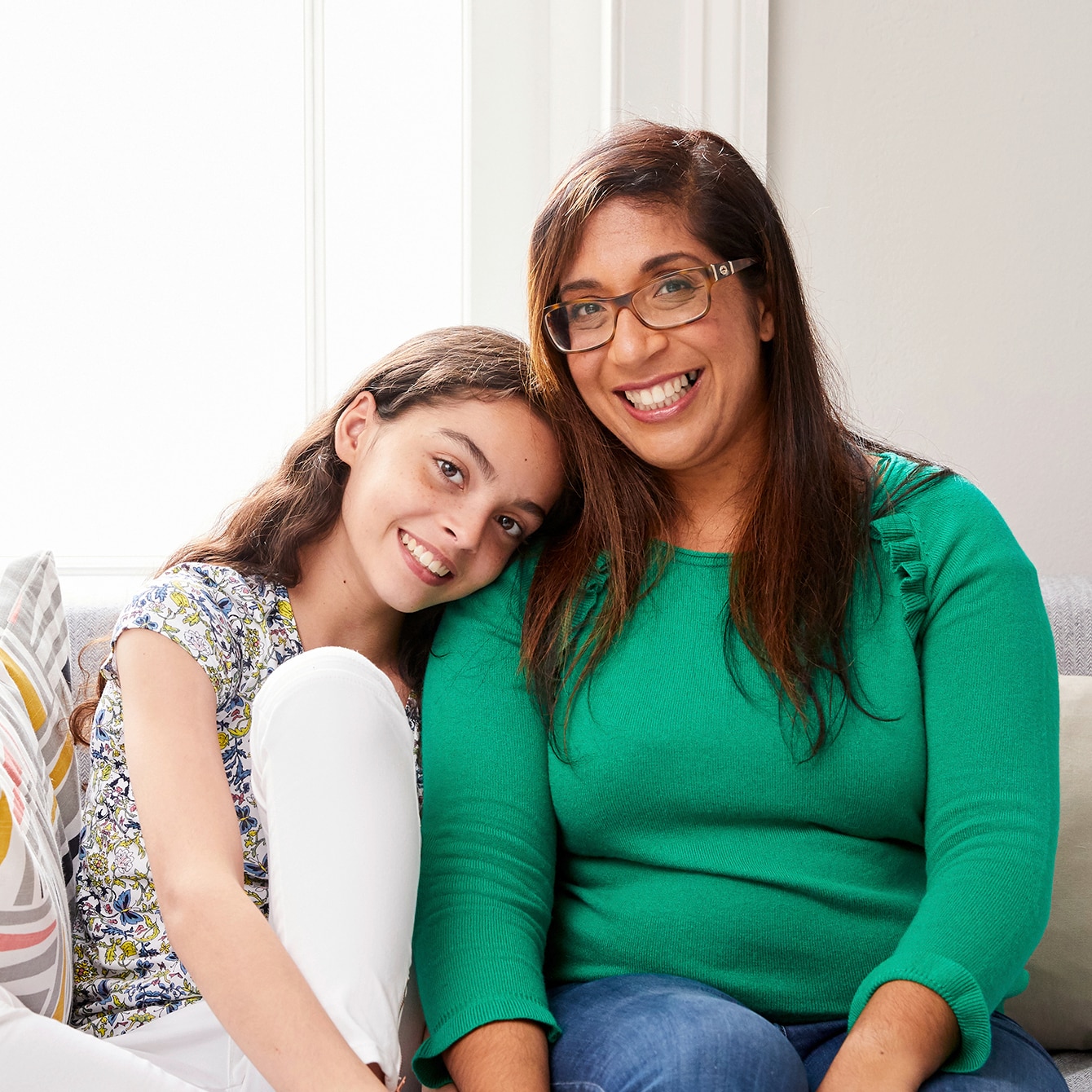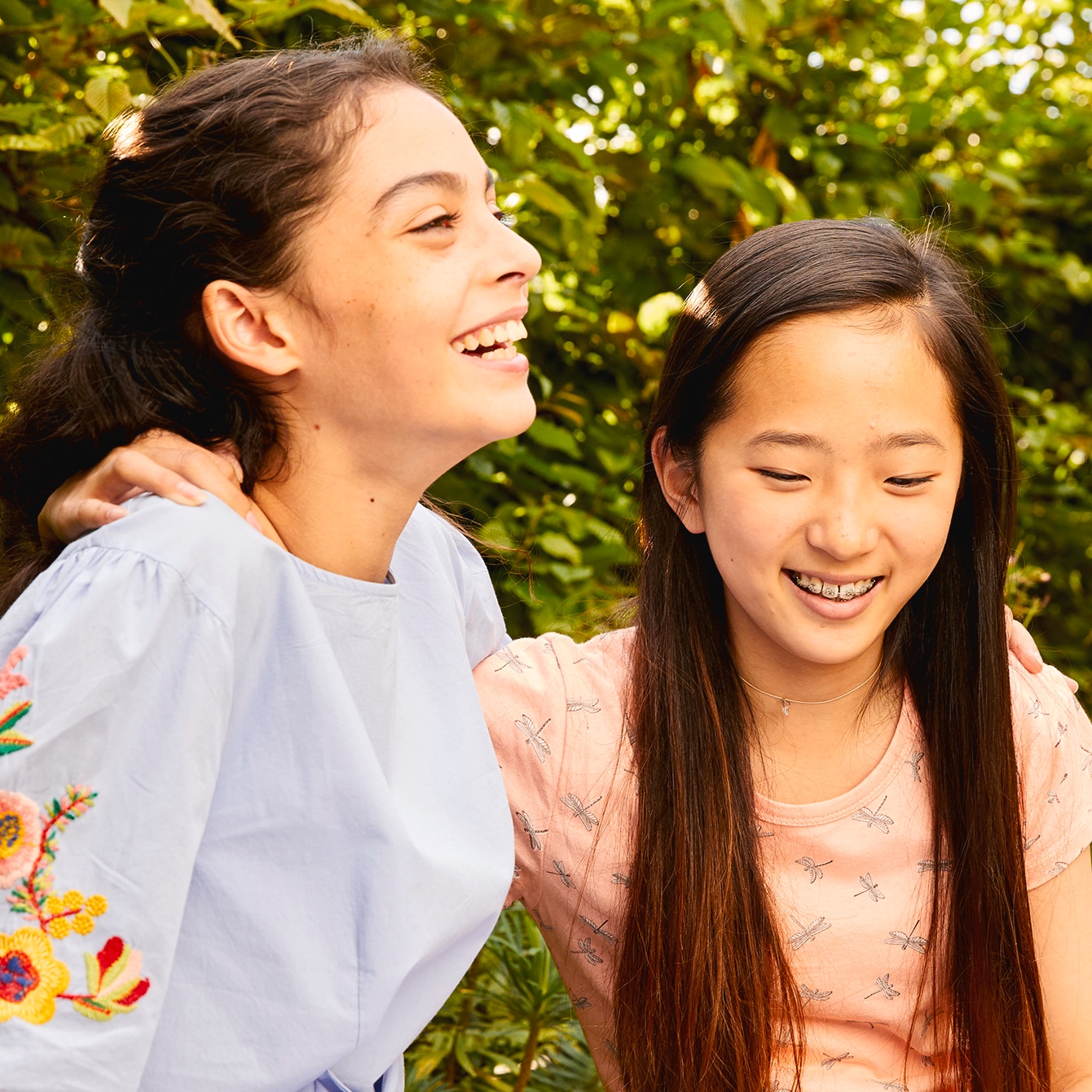Positive role models can be found in all aspects of your child’s life – but with the rise of social media and online communication, more and more young people are looking to both celebrities and fictional characters for inspiration. That’s why it’s so important that the media is full of positive female role models, so children everywhere can defy gender stereotypes, and see women as the strong, courageous, wonderful people they are.
Research shows that females are underrepresented in children’s films and cartoons by nearly three to one, compared to male characters. Plus, when female characters are present, they're more likely to be depicted as a sidekick or love interest than the hero of the story. We want to teach children to question, challenge and reframe media stories, as well as learn how to become their own storytellers.
Gender stereotypes in the media are nothing new, but their impact remains huge. So, how can we show children more positive female role models? Firstly, we have to recognise the characteristics of real and fictional female superheroes. We believe:
They represent what is possible
Female heroines defy female stereotypes. They show young people that women are worthy leading characters and are so much more than just a sidekick or love interest.
They inspire ambition
Positive female role models show how much can be achieved despite all of the negative stereotypes in media. They encourage young people to shoot for the stars, no matter the obstacles in their way.
They demonstrate positive mindsets and behaviours
Real role models are resilient, courageous and kind. They show young people the power of positive mindsets and behaviours that they can go on to use in their own lives.
Where can you find positive female role models in the media?
You might be wondering how to find this kind of representation of women in media. That’s why we’re on a mission to create resources that are fuelled by female empowerment.
We’ve partnered with Cartoon Network’s Steven Universe to co-create six short animated films designed to help the next generation grow up confident. Every character is a positive role model in their own way, discussing body confidence, bullying and self-esteem, to encourage young people to be their authentic selves.
Following the lives of five best friends: Melba, Minnie, Thelma, Gloria and Carlotta, the series explores the moments girls share in bathrooms. Building each other up, they all grow in confidence together.
We’ve partnered with women & non-binary individuals everywhere to create Project #ShowUs, a collection of 10,000+ images that offer a more inclusive vision of beauty for all media and advertisers to use.
Join us in teaching children about stereotypes and embracing positive female role models.




